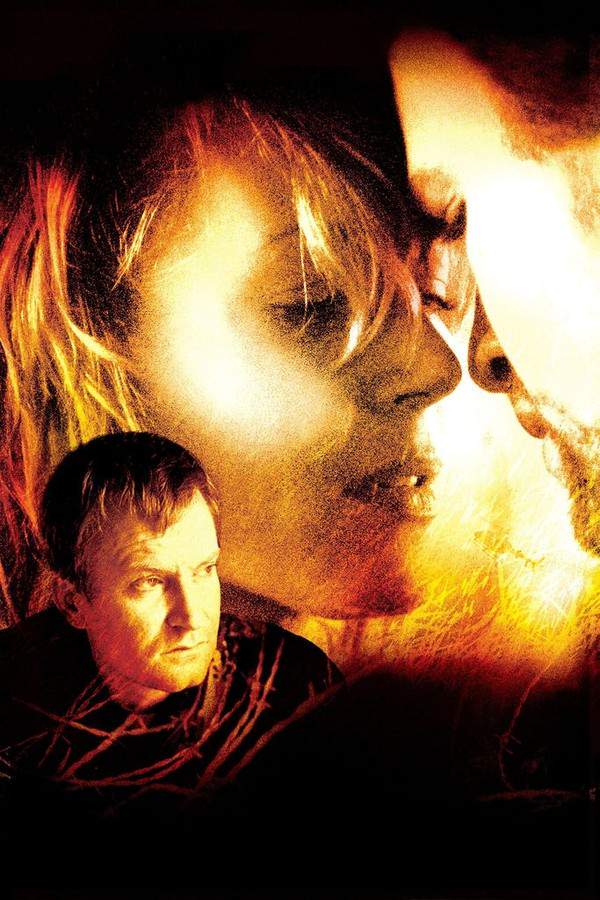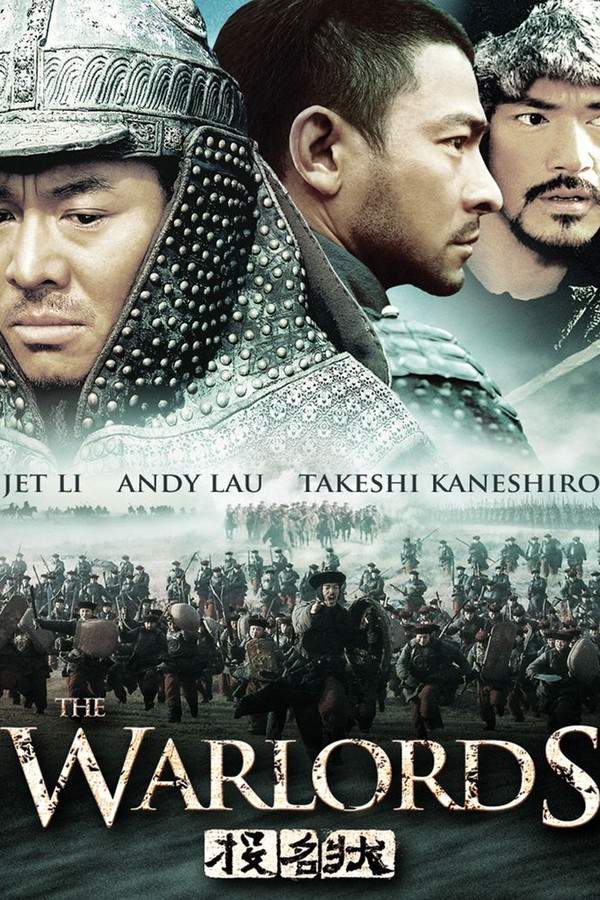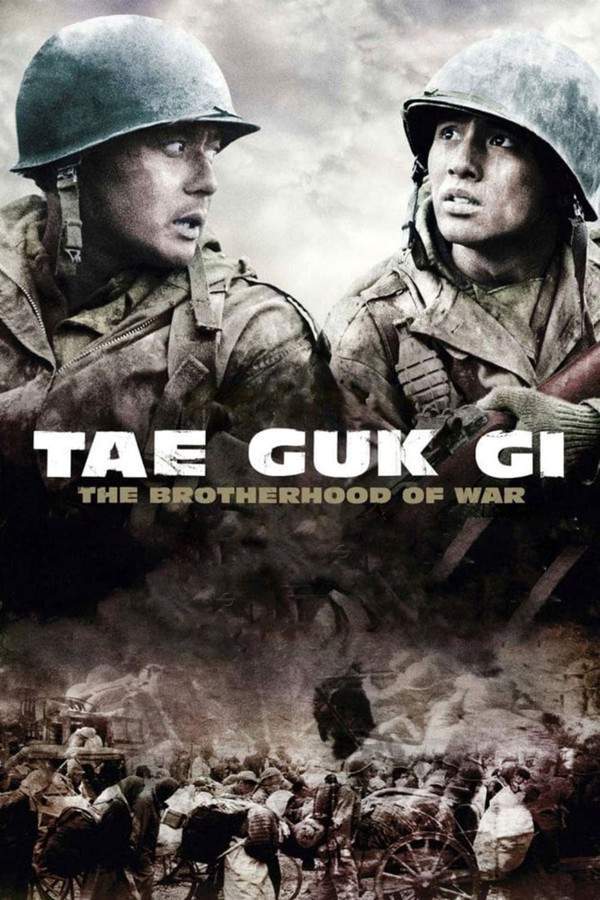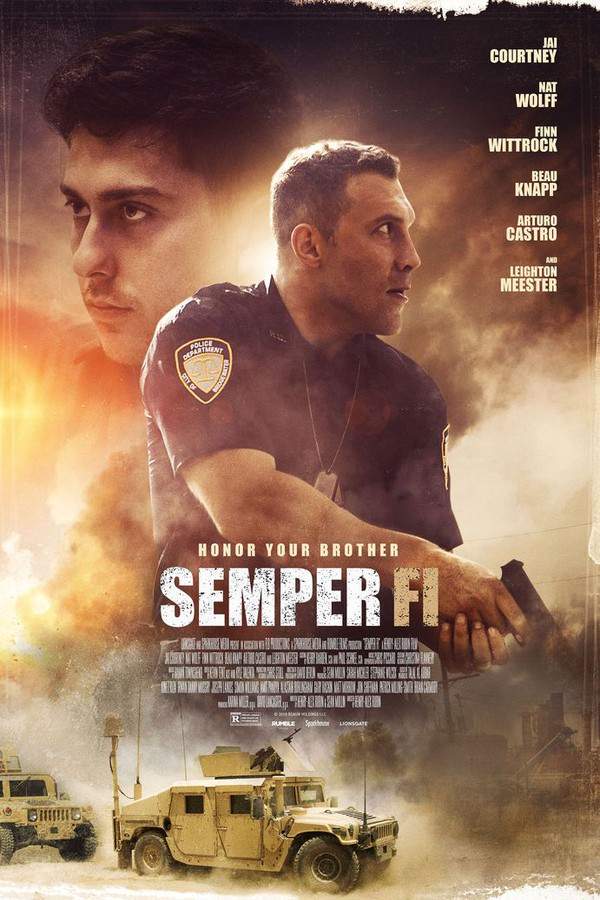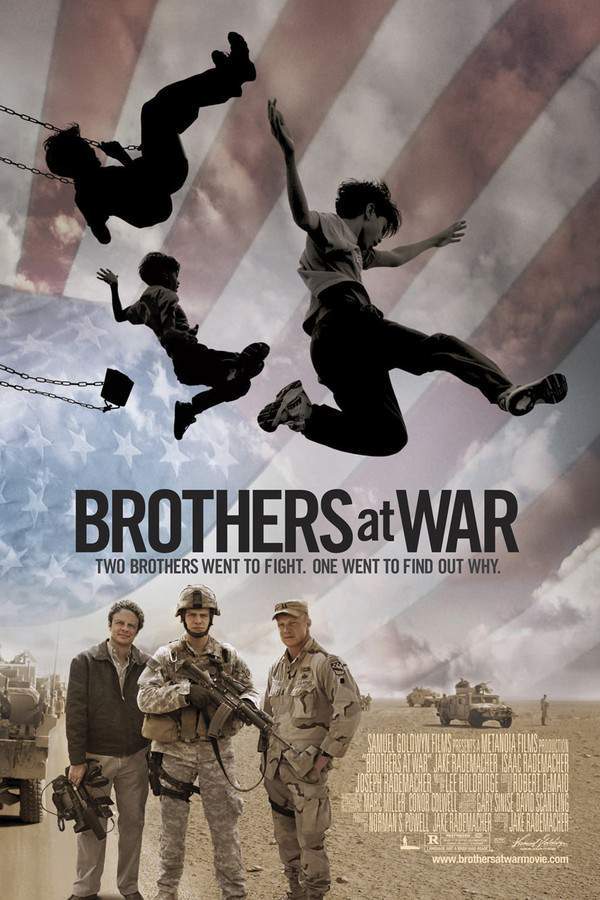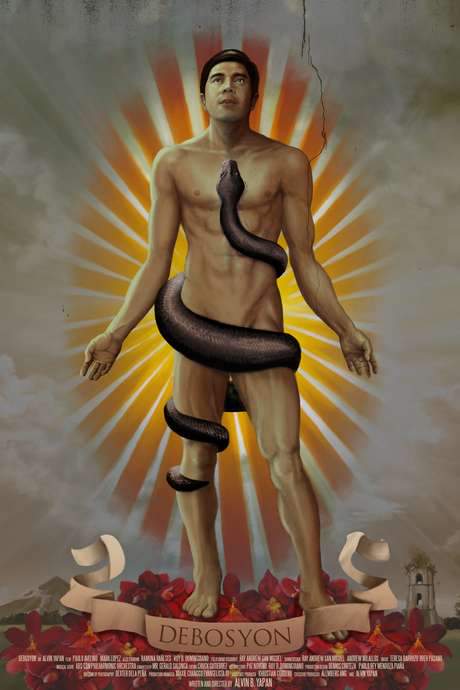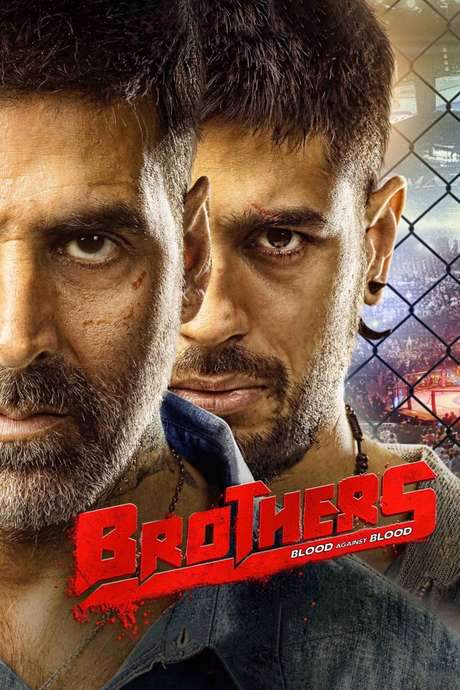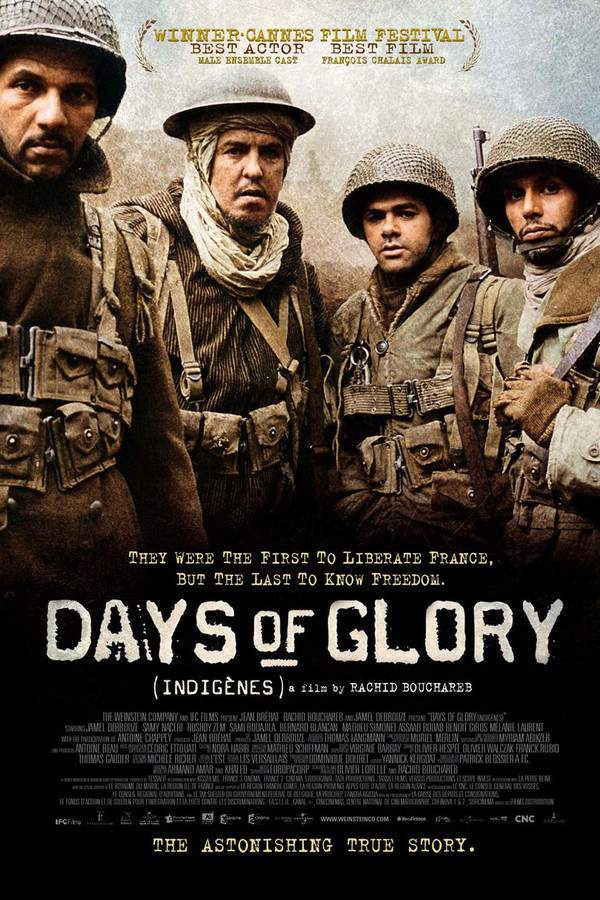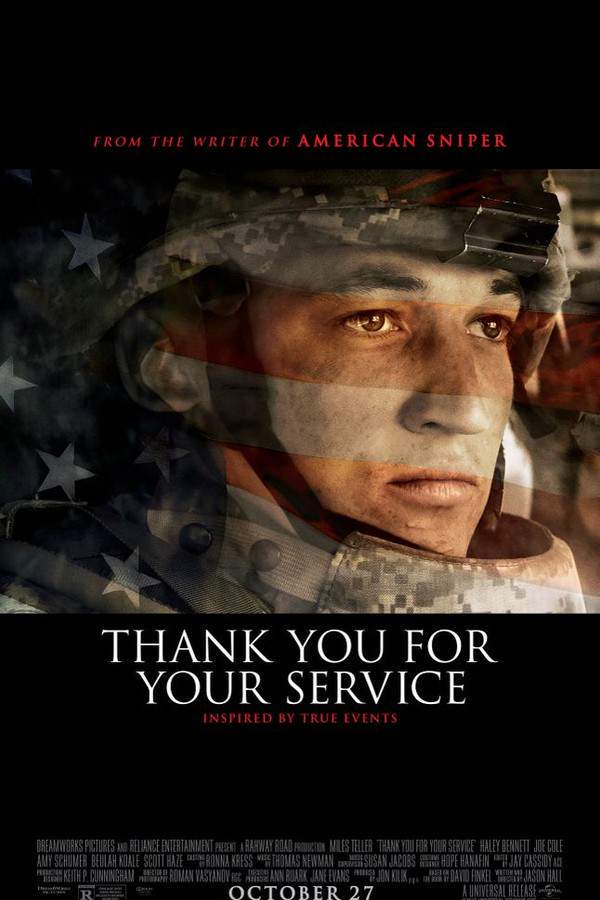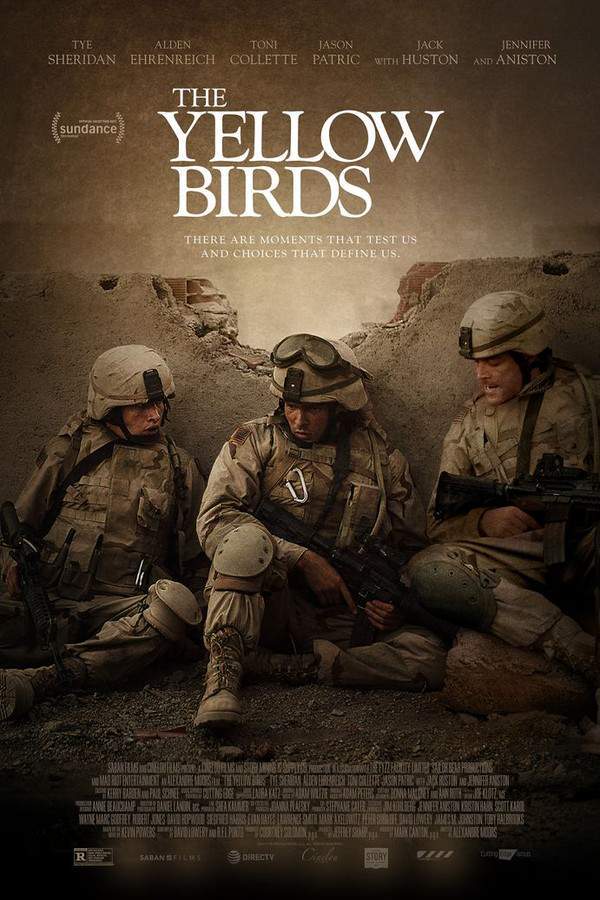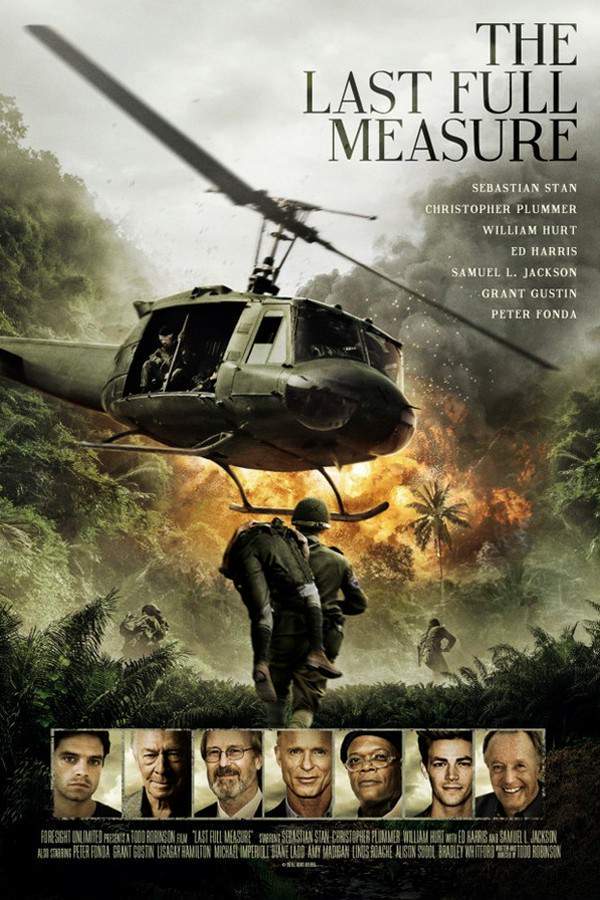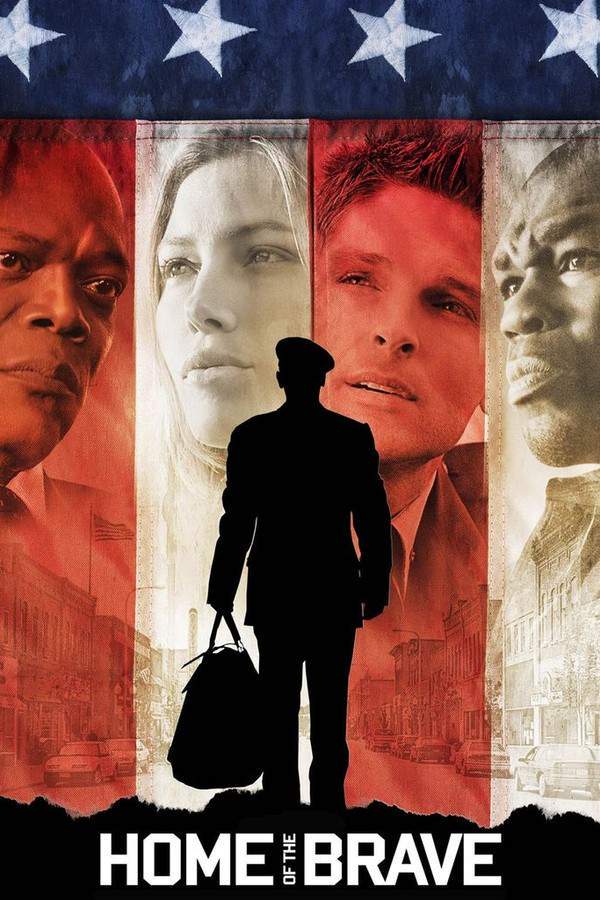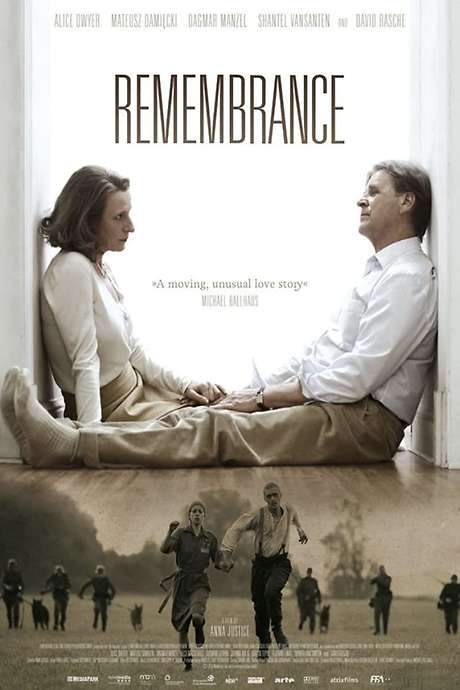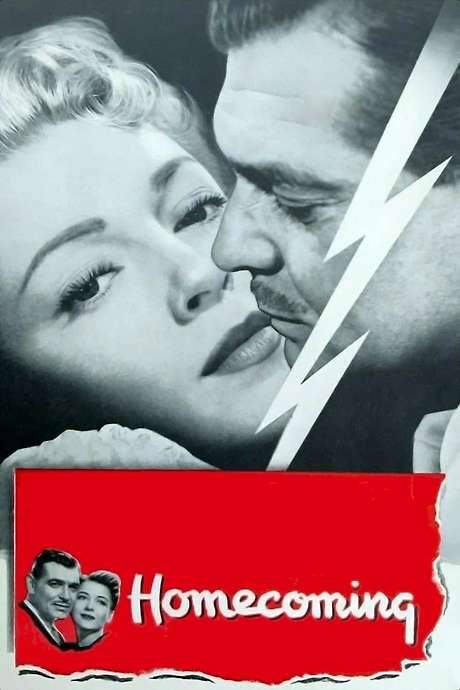
Only The Brave
Year: 2006
Runtime: 99 mins
Language: English
A searing portrait of war and prejudice, this documentary follows the Japanese‑American 100th/442nd Infantry Regiment, the most decorated U.S. unit of its size. After Pearl Harbor they were interned, then 1,400 petitioned to serve, fighting in North Africa, Italy and France, including the daring rescue of the Texas 36th Division. Their two‑year combat earned 21 Medals of Honor, thousands of Purple Hearts and other commendations.
Warning: spoilers below!
Haven’t seen Only The Brave yet? This summary contains major spoilers. Bookmark the page, watch the movie, and come back for the full breakdown. If you're ready, scroll on and relive the story!
Only The Brave (2006) – Full Plot Summary & Ending Explained
Read the complete plot breakdown of Only The Brave (2006), including all key story events, major twists, and the ending explained in detail. Discover what really happened—and what it all means.
In 1953, Jimmy Takata suffers from battle fatigue, a struggle that deeply concerns his wife, Mary Takata. Raised in Hawaii, Takata and a close circle of friends enlist in the 100th Battalion to serve in the European Theater of Operations. The story unfolds through a series of flashbacks that slowly reveal the war’s imprint on his memory and the intimate moments that shaped his life, including his early romance with Mary and the bonds he formed with Freddy Watada, his steadfast friend who later demonstrates extraordinary courage. Freddy Watada is central to Takata’s recollections, and he emerges as a symbol of daring loyalty. The memory of Freddy surfaces alongside the engagement ring that Freddy bought before leaving for Europe, a tangible reminder of a promise he intends to honor when he returns.
The unit’s medic, Richard “Doc” Naganuma, offers a steady if skeptical voice, trying to slow Takata’s fears by attributing his visions to the head wound. Yet Takata also sees more personal echoes: a vision of his Buddhist priest father, now in federal custody, who urges him to accept his fate, hinting at a profound spiritual duty that transcends the battlefield. This spiritual thread is tied to beliefs about the afterlife and the 49-day period after death, a motif that frames Takata’s internal struggle as much as his external battles.
When orders come to break through German lines and rescue the trapped members of the 1st Battalion, 141st Infantry Regiment, Takata is advised to stay behind due to his injury. He chooses to defy those orders, driven by a resolve to reach his comrades and by the memories of Freddy and the friends who stand with him. He is joined by several of his fellow Nisei soldiers, all unwilling to abandon their brothers to a perilous stalemate. A newly transferred soldier asks Takata whether he’s ever afraid, and Takata confesses that his fear centers on losing more men—the fear that haunts him as the battle intensifies. What follows is a brutal and touching series of confrontations with the German forces, where, one after another, Takata watches his friendships unravel in the heat of combat. Freddy’s ultimate act of sacrifice—he throws himself onto a grenade to shield Takata—becomes a defining moment of courage and comradeship, allowing the soldiers to press on with a renewed, if haunted, resolve.
When the battle finally concludes, the unit earns a hard-won tally: 211 of 275 rescued, at the cost of more than 800 casualties. The narrative then returns to 1953, where Mary’s love and tears begin to cut through Takata’s reserve. In this moment of emotional release, he experiences a vision in which his father and the fallen friends stand together in a field hospital, reinforcing the sense that their spirits remain present to guide him. The father’s earlier exhortation rings anew, offering comfort and a sense of purpose that extends beyond the war’s end.
The vision shifts again to a future moment, where Takata imagines reuniting with Mary after the war and meeting Freddy’s young daughter, Joanie. Joanie’s innocent gesture—touching the scar on Takata’s temple—brings back memories of a refugee girl he once rescued during the same battle that left him wounded. In this imagined reunion, Takata hands Mary Freddy’s engagement ring as a pledge that his fallen friend’s life has been honored by bringing something precious home. The ring becomes a symbol of gratitude, memory, and the unbroken ties of friendship that survive the conflict.
As the vision fades, Takata places keepsakes from each of his fallen friends into a suitcase, a quiet ritual that signals both remembrance and closure. Mary sits behind the wheel of a car, looking at him with a blend of worry and hope, and Takata offers a calm, reassuring smile. In that moment, he seems to acknowledge that he has carried the weight of the past long enough to begin letting it rest, while still honoring the memory of those who gave so much.
Last Updated: October 09, 2025 at 15:11
Explore Movie Threads
Discover curated groups of movies connected by mood, themes, and story style. Browse collections built around emotion, atmosphere, and narrative focus to easily find films that match what you feel like watching right now.
War Comradeship Movies like Only The Brave
Stories of unbreakable bonds forged in the crucible of war.Explore movies like Only The Brave that focus on the deep bonds of brotherhood formed in combat. If you liked the portrayal of loyalty and sacrifice in the 100th/442nd Regiment, you'll find similar powerful stories of camaraderie in these war dramas.
Narrative Summary
The narrative follows a group of individuals thrown together by conflict, whose personal stories become secondary to the unit's mission and survival. The plot tests their loyalty through severe trials, often involving high-stakes rescue missions or holding a position against overwhelming odds, with character arcs defined by their commitment to each other.
Why These Movies?
These movies are grouped by their intense focus on the theme of comradeship as the emotional core. They share a heavy emotional weight, high-intensity action, and a tone that balances the horrors of war with the nobility of selfless sacrifice for one's brothers-in-arms.
Movies about War Trauma and Legacy like Only The Brave
Heroes grappling with the psychological cost of their valor.Discover films similar to Only The Brave that explore the long-term psychological impact of war and the legacy of heroism. These stories delve into themes of memory, PTSD, and survivor's guilt, perfect for viewers interested in the emotional cost of conflict.
Narrative Summary
These narratives often use a reflective structure, juxtaposing past traumatic events with a present-day struggle for peace. The protagonist's journey is internal, confronting flashbacks and grief to reconcile their heroic actions with the personal cost, ultimately seeking a bittersweet closure that honors the fallen.
Why These Movies?
Movies in this thread share a deep exploration of psychological trauma following heroic acts. They are united by a bittersweet tone, heavy emotional weight, and a thematic focus on memory, guilt, and the complex process of carrying a difficult legacy.
Unlock the Full Story of Only The Brave
Don't stop at just watching — explore Only The Brave in full detail. From the complete plot summary and scene-by-scene timeline to character breakdowns, thematic analysis, and a deep dive into the ending — every page helps you truly understand what Only The Brave is all about. Plus, discover what's next after the movie.
Only The Brave Timeline
Track the full timeline of Only The Brave with every major event arranged chronologically. Perfect for decoding non-linear storytelling, flashbacks, or parallel narratives with a clear scene-by-scene breakdown.

Characters, Settings & Themes in Only The Brave
Discover the characters, locations, and core themes that shape Only The Brave. Get insights into symbolic elements, setting significance, and deeper narrative meaning — ideal for thematic analysis and movie breakdowns.

Only The Brave Spoiler-Free Summary
Get a quick, spoiler-free overview of Only The Brave that covers the main plot points and key details without revealing any major twists or spoilers. Perfect for those who want to know what to expect before diving in.

More About Only The Brave
Visit What's After the Movie to explore more about Only The Brave: box office results, cast and crew info, production details, post-credit scenes, and external links — all in one place for movie fans and researchers.


